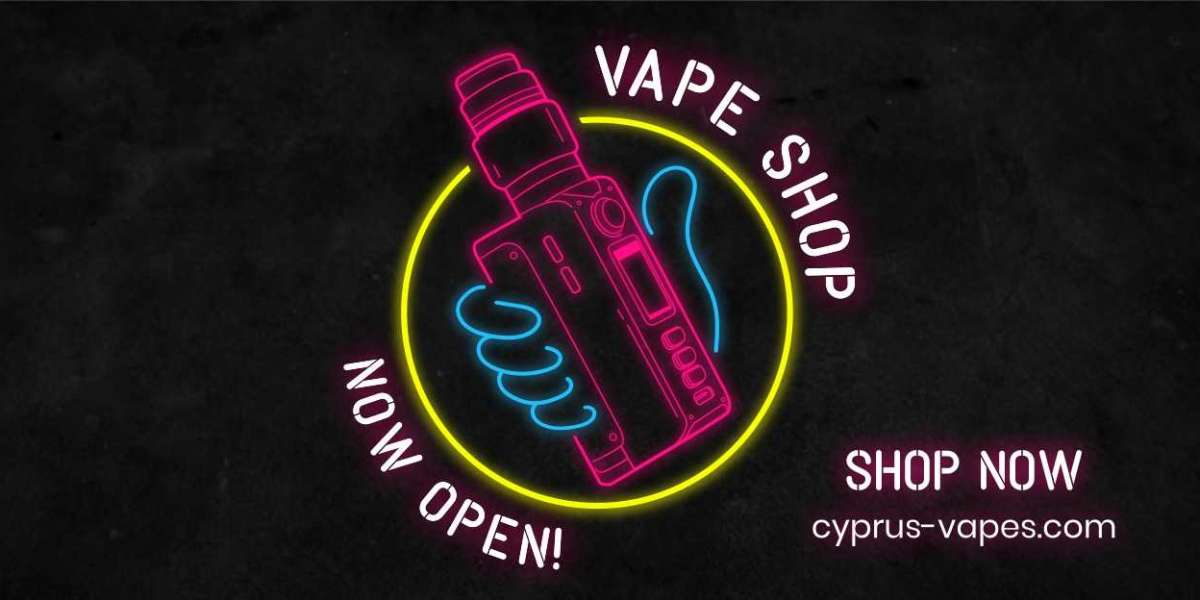In a digital world overflowing with content, the ability to captivate an audience's attention is paramount. Visual storytelling has become a cornerstone of effective communication, but creating compelling videos from scratch can be a daunting task. Enter text-to-video conversion technology, a game-changing innovation that empowers content creators to effortlessly transform written words into dynamic and engaging video narratives. In this blog post, we will delve into the exciting realm of text to video conversion, exploring its mechanics, benefits, and the transformative impact it has on the world of content creation.
The Art and Science of Text-to-Video Conversion
Text-to-video conversion is a fascinating synergy of art and technology, where algorithms and creative expression unite to produce captivating visual content. This process involves the conversion of written text—whether it's a script, a blog post, or a story—into a visually compelling video. Through a combination of animation, images, graphics, and even voiceovers, the technology breathes life into static text, turning it into an immersive and engaging visual experience.
Enhancing Engagement and Comprehension
Videos possess a unique ability to convey complex ideas and emotions in a succinct and impactful manner. Text-to-video conversion amplifies this potential by transforming textual content into a visual narrative that appeals to both sight and sound. By incorporating animations, imagery, and audio cues, this technology enhances the audience's understanding and engagement. Educational concepts become more digestible, marketing messages become more persuasive, and stories become more immersive.
Efficiency and Time Savings
Creating videos traditionally involves a significant investment of time, resources, and specialized skills. Text-to-video conversion technology disrupts this traditional workflow by offering a streamlined and efficient alternative. Content creators can now produce videos without the need for extensive video editing knowledge. With just a few clicks, written content can be transformed into polished video presentations, saving time and enabling creators to focus on refining their message.
Accessibility and Inclusivity
Text-to-video conversion technology is a democratizing force in content creation. Its user-friendly interfaces and automation capabilities open doors for individuals with varying levels of technical expertise to participate in visual storytelling. From educators and marketers to small businesses and non-profit organizations, anyone can harness the power of this technology to communicate their ideas, products, or messages in an engaging and accessible manner.
Customization and Branding
While text-to-video conversion technology offers automation, it also prioritizes customization. Creators can personalize the visual elements, select appropriate images, and tailor the video's style to match their brand identity. This level of customization ensures that the final product is aligned with the creator's vision, creating a seamless extension of their unique voice and message.
Future Possibilities
The future of text-to-video conversion holds exciting possibilities. As technology continues to advance, we can anticipate enhancements such as advanced AI-driven voiceovers that replicate human nuances, interactive elements that allow viewers to engage with the content, and integration with virtual and augmented reality to create immersive video experiences. Additionally, the technology may evolve to support real-time translation, making videos accessible to global audiences.
Conclusion
Text-to-video conversion technology is rewriting the rules of content creation, enabling creators to transform written words into captivating visual narratives. By combining artistry with automation, this innovation empowers individuals and businesses to engage audiences in new and compelling ways. As the technology evolves, we can look forward to a future where text-to-video conversion continues to redefine how we communicate, educate, and share stories in the ever-evolving digital landscape.






